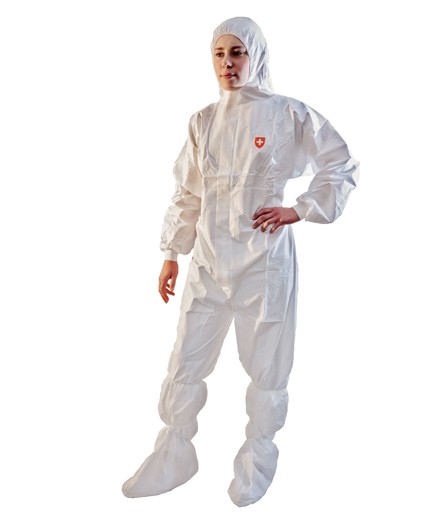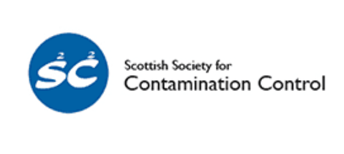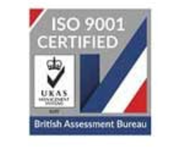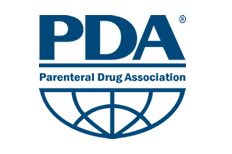THE CLEANROOM GOWNING PROCESS | COVERALLS | CLEANROOM SUPPLIES LTD
Cleanroom Supplies Blogger

The Cleanroom Gowning Process
Before entering the cleanroom it is important to understand the different garments and their respective purposes as well as the gowning process itself. A cleanroom is an environment that needs to minimise dust and/or microbiological contaminants. In order to achieve this, personnel have to be aware of what garments to use and what process to follow in order to properly don them.
1. Begin the process by removing all outer street clothing such as coats, hats, jewellery, cosmetics, jumpers and scarves. All of these items must be removed before entering the cleanroom.
2. Hands should be washed before entering the change area. Artificial nails are not allowed and natural nails should be neatly trimmed at all times.
3. Don cleanroom clothing from dirtiest to cleanest. Don dedicated shoes or shoe covers. All shoes or shoe covers for cleanroom use should never go beyond the step over bench or demarcation line within the changing area.
4. Shoe covers should be worn and then disposed of properly, not re-used.
5. If needed, don facial hair cover and head cover. These will help to prevent contamination.
6. Don low-lint disposable coveralls. Don facemask and eye shield if necessary.
8. Proceed through the hand washing process using hand sanitiser where appropriate.
9. It is important to have coveralls where sleeves fit tightly around your wrists. If reusable coveralls are worn, they should be cleaned and prepared for cleanroom use.
10. Use a waterless alcohol-based hand scrub to further clean your hands.
11. Allow your hands to dry before putting on sterile or non-sterile gloves, depending on the process taking place within the cleanroom.
12. Enter the cleanroom.
Depending on the cleanroom and the cleanroom classification, there will be different cleanroom garments required and the process might be different. Before entering the cleanroom you will want to be familiar with the procedures and regulations in order to keep the level of contamination to a minimum.












